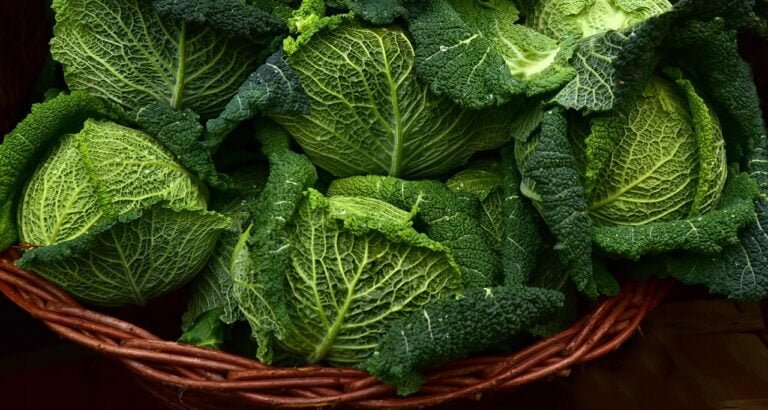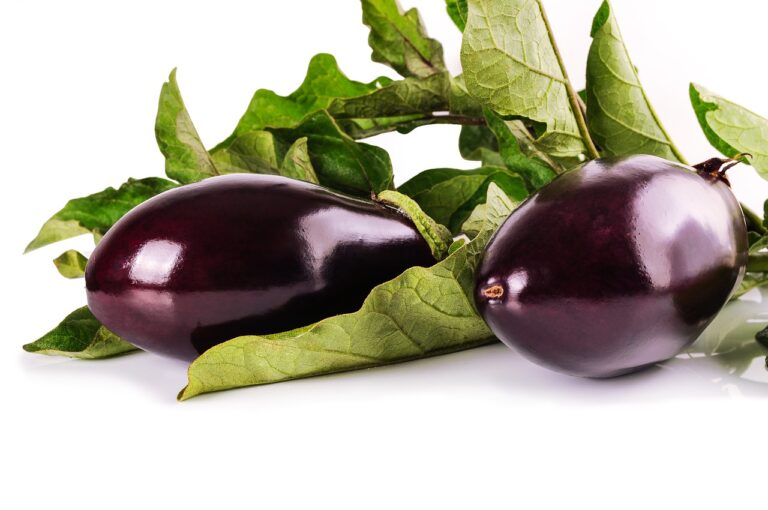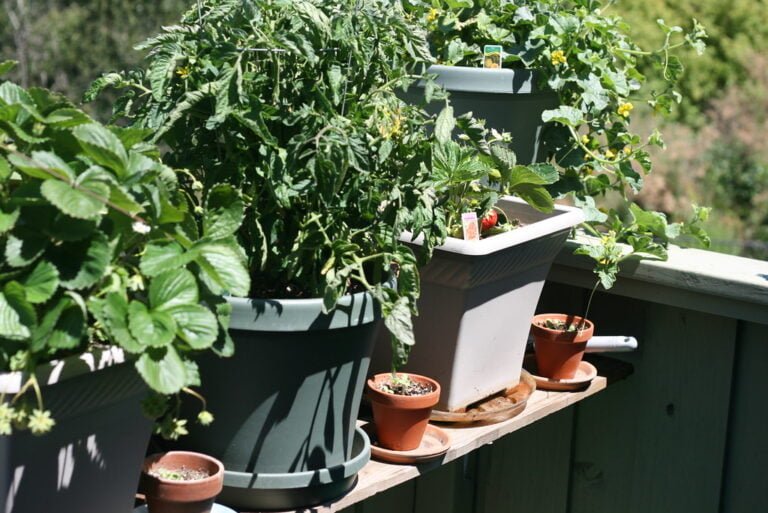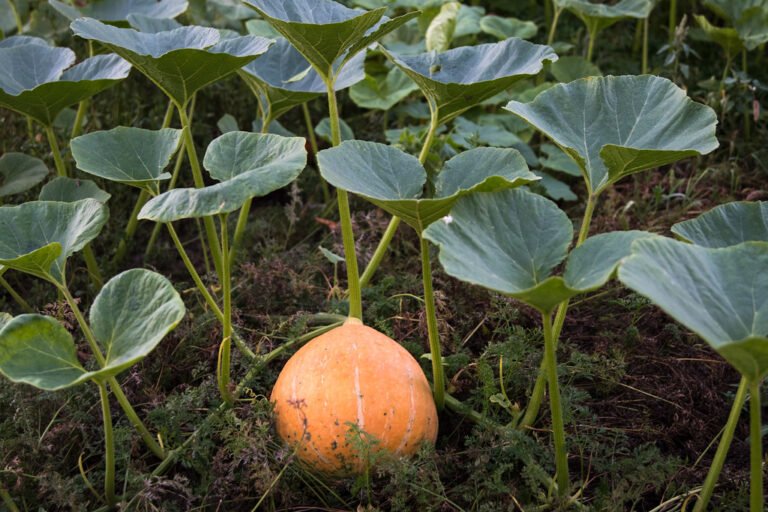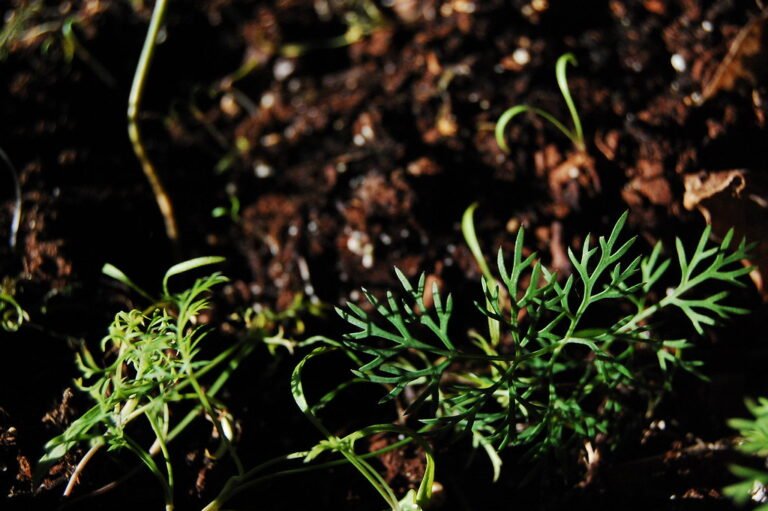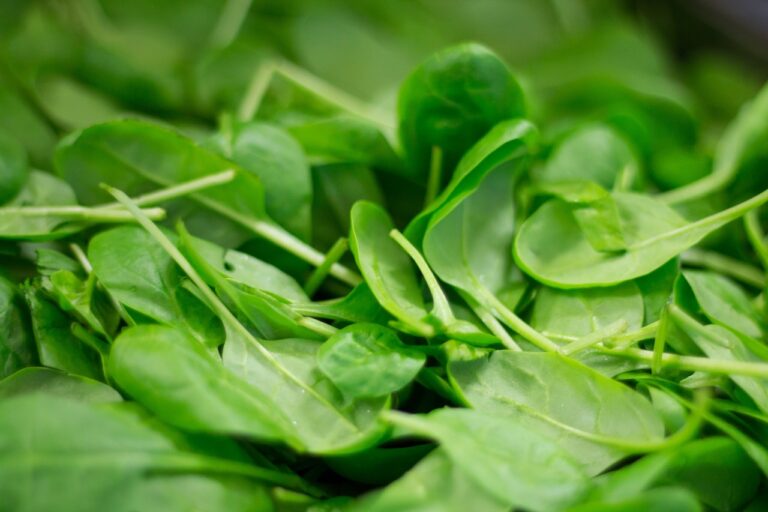Understanding Companion Plants for Carrots: A Comprehensive Guide
Are you looking to maximize the growth and health of your carrot plants? Look no further! In this comprehensive guide, we'll explore the world of companion plants for carrots. Discover the benefits of companion planting, understand the needs of your carrots, and learn how to choose the perfect companions. From managing pests and diseases to enhancing soil health, we'll cover it all. Get ready to take your carrot gardening to the next level with the power of companion plants!
Benefits of Companion Planting for Carrots
By planting companion plants alongside your carrots, you can maximize their growth and health while minimizing pest problems. Companion planting is a technique that involves growing different plants together to create a mutually beneficial environment. When it comes to carrots, there are several companion plants that can help improve their overall health and yield. One of the main benefits of companion planting for carrots is pest control. Certain plants, such as onions, garlic, and marigolds, emit strong scents that repel pests like carrot flies and aphids. Additionally, companion plants can also help attract beneficial insects like ladybugs and bees, which can aid in pollination and pest control. Another advantage of companion planting is improved soil health. Some plants, like legumes, have nitrogen-fixing abilities that can enrich the soil with essential nutrients. Overall, by incorporating companion plants in your carrot garden, you can create a more balanced and harmonious ecosystem that promotes the growth and well-being of your carrots.
Understanding Carrot Growth and Needs
To understand carrot growth and meet their needs, you need to be aware of their specific requirements and stages of development. Carrots are cool-season vegetables that thrive in well-drained soil with a pH level between 6 and 6.8. They require full sun exposure for at least six hours a day. Before planting, prepare the soil by removing any debris and breaking up clumps. Carrots prefer loose soil, so consider adding organic matter like compost or aged manure. When sowing carrot seeds, ensure they are planted at a depth of 1/4 to 1/2 inch and spaced 1 to 3 inches apart. As the carrots grow, thin them out to allow enough space for proper development. Regular watering is crucial, especially during dry spells, to prevent the roots from becoming tough and woody. Harvest carrots when they reach their desired size, usually around 60 to 80 days after planting.
The Importance of Choosing the Right Companions
Choosing the right companions for your carrots is crucial for their growth and overall health. Companion planting involves strategically placing plants that have a beneficial relationship with each other. By selecting the right companions, you can enhance the growth and flavor of your carrots, as well as ward off pests and diseases. One important consideration is to choose plants that have compatible root systems, as some plants may compete for nutrients and water, affecting carrot growth. Additionally, certain plants can attract beneficial insects that help control pests, while others can repel harmful insects and prevent diseases. For example, planting onions or garlic alongside carrots can deter pests like carrot flies. It is also essential to consider the height and shade of companion plants, as they should not overshadow or block sunlight from the carrots. By carefully selecting the right companions, you can create a harmonious and thriving vegetable garden.
Popular Companion Plants for Carrots
When selecting companions for your carrots, it is important to consider popular plants that can enhance their growth and protect them from pests and diseases. One popular companion plant for carrots is onions. Onions help repel pests like carrot flies and aphids, while also deterring weeds from growing near your carrots. Another excellent companion for carrots is garlic. Garlic has natural fungicidal and insecticidal properties, which can help protect your carrots from diseases and pests. Additionally, the strong odor of garlic can confuse pests and make it harder for them to locate your carrots. Lastly, herbs like dill and parsley are great companions for carrots. They attract beneficial insects like ladybugs and lacewings, which can help control pests in your garden. By choosing these popular companion plants, you can ensure the health and productivity of your carrot crop.
How to Plan Your Carrot Companion Planting Layout
To plan your carrot companion planting layout, start by considering the spacing requirements and growth habits of both the carrots and their companion plants. Carrots require well-drained soil and need to be planted in rows with a spacing of 2-3 inches between each seed. When selecting companion plants, choose ones that have similar spacing requirements and grow well alongside carrots. For example, onions, leeks, and chives are great companions for carrots as they help deter pests like carrot flies. Additionally, the tall and upright growth habit of onions provides some shade for the carrots during hot summer days. On the other hand, avoid planting carrots near plants like dill and cilantro, as they can negatively affect their growth. By carefully planning your carrot companion planting layout, you can maximize the health and productivity of your carrot patch.
Tips for Successful Carrot Companion Planting
Follow these tips for successful carrot companion planting:
- Choose compatible plants: Select companion plants that have similar soil, sun, and water requirements as carrots. Good companion plants for carrots include onions, leeks, garlic, lettuce, and radishes.
- Rotate crops: Avoid planting carrots in the same spot year after year. Rotate your crops to prevent the buildup of pests and diseases that can affect carrots.
- Provide adequate spacing: Carrots need space to grow, so make sure to give them enough room. Plant them at least 3 inches apart to allow for proper root development.
- Keep pests away: Planting companion plants like marigolds, rosemary, and sage can help deter pests that are harmful to carrots, such as carrot fly and aphids.
- Avoid competition: Avoid planting carrots with plants that have extensive root systems, such as potatoes or tomatoes. These plants can compete for nutrients and water, leading to stunted carrot growth.
Avoiding Incompatible Plants for Carrots
To avoid detrimental effects on your carrot plants, it is essential to be mindful of incompatible plants when planning your garden. Certain plants can have a negative impact on the growth and development of carrots, so it's important to avoid planting them together. One example of an incompatible plant for carrots is dill. Dill can attract pests like aphids, which can damage the delicate carrot roots. Another incompatible plant is fennel, as it releases chemicals that inhibit the growth of carrots. Additionally, avoid planting carrots near members of the allium family, such as onions and garlic, as they can stunt carrot growth. By being aware of these incompatible plants and avoiding planting them near your carrots, you can ensure the health and productivity of your carrot crops.
Managing Pests and Diseases With Companion Plants
You can effectively manage pests and diseases that may affect your carrot plants by using companion plants in your garden. One common pest that affects carrots is the carrot fly. To deter these pests, you can plant onions, leeks, or chives alongside your carrots. The strong scent of these companion plants masks the scent of the carrots, making it difficult for the carrot fly to locate them. Another common pest is the aphid. To repel aphids, consider planting marigolds or nasturtiums near your carrots. These flowers release a scent that repels aphids, keeping them away from your carrot plants. Additionally, herbs like dill, cilantro, and parsley attract beneficial insects such as ladybugs and lacewings, which feed on aphids and other harmful pests. By strategically choosing companion plants, you can create a natural pest management system for your carrot plants.
Enhancing Soil Health With Carrot Companion Plants
Enhance the soil health of your carrot plants by incorporating companion plants that provide essential nutrients and promote beneficial microbial activity. When selecting companion plants for your carrots, consider those that have deep-rooting systems, such as legumes like peas and beans. These plants help to break up compacted soil, improving drainage and allowing the carrot roots to penetrate deeper. Additionally, legumes are nitrogen-fixing plants, which means they pull nitrogen from the air and convert it into a form that can be easily absorbed by the carrots. Other beneficial companion plants include herbs like dill, cilantro, and parsley, which attract beneficial insects that prey on pests. These herbs also add organic matter to the soil when they decompose, enriching it with essential nutrients. Incorporating these companion plants into your carrot patch will not only enhance soil health but also promote healthy growth and improve overall yields.
Harvesting and Storing Carrots With Companion Plants
Improving the longevity and quality of your harvested carrots can be achieved through proper storage methods and the use of companion plants. After harvesting your carrots, it's important to handle them with care to prevent any damage or loss of nutrients. Start by removing the green tops, as they continue to draw moisture from the roots. Next, gently wash the carrots to remove any dirt or debris. Once they are clean and dry, you can store them in a cool, dark, and well-ventilated place. Avoid storing them near fruits like apples and pears, as they release ethylene gas that can cause carrots to spoil faster. Additionally, companion plants such as onions, leeks, and chives can help deter pests and keep your carrots fresh for longer. By following these storage methods and utilizing companion plants, you can enjoy the best-tasting carrots for an extended period.
Conclusion
In conclusion, understanding companion plants for carrots is essential for successful gardening. By selecting the right companions, you can benefit from improved growth, pest management, and soil health. Planning your carrot companion planting layout and avoiding incompatible plants will ensure the best results. Remember to manage pests and diseases with the help of companion plants and enhance soil health for healthy and abundant carrot harvests. With the right knowledge and approach, you can enjoy a flourishing carrot garden.

